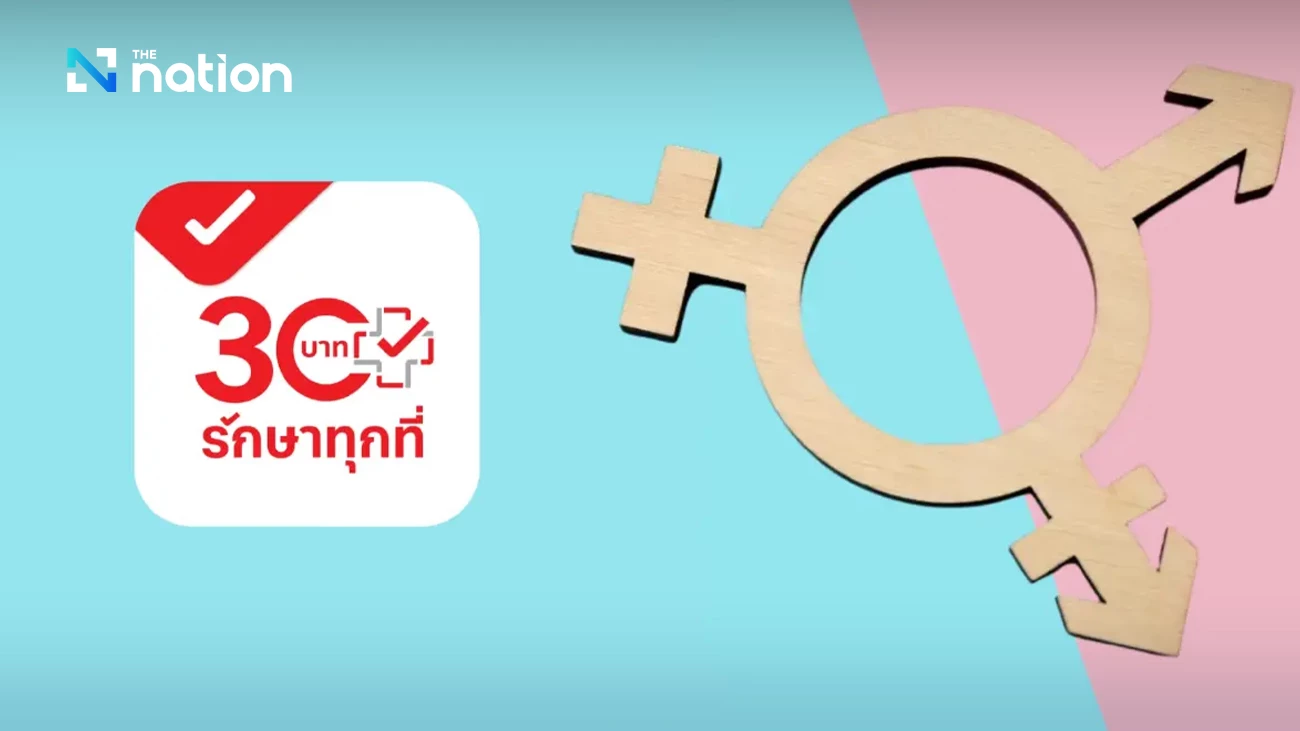Hormone therapy added to universal healthcare for LGBTQ individuals – Nation Thailand

Provision of Free Hormone Therapy for LGBTQ Individuals
Doctors will administer hormone treatments following comprehensive assessments of each patient’s physical and mental health. This initiative aligns with the Sustainable Development Goals (SDGs), particularly SDG 3: Good Health and Well-being, by promoting access to safe and effective healthcare services for marginalized communities.
Reducing Health Risks and Treatment Costs
The introduction of free hormone therapy is anticipated to help LGBTQ individuals save approximately 1,000 to 2,000 baht per month. This financial relief supports SDG 10: Reduced Inequalities, by enhancing equitable access to essential health services and reducing economic burdens on vulnerable populations.
According to Jirapong, this measure responds to the critical need to address severe health complications experienced by many LGBTQ individuals who have self-medicated with feminising or masculinising hormones without medical supervision.
Health Risks from Unsupervised Hormone Use
Unsupervised hormone therapy can lead to significant health issues, undermining SDG 3’s objective of ensuring healthy lives and promoting well-being for all. Common health risks include:
- Osteoporosis or thinning of bones due to decreased bone mass
- Abnormal or elevated blood lipid levels
- Increased risk of serious illnesses such as high blood pressure, diabetes, and certain types of cancer
- Mood swings, depression, or other psychological disorders
- Formation of blood clots, including deep vein thrombosis (DVT), pulmonary embolism, and stroke
This initiative underscores the importance of medical supervision in hormone therapy to prevent adverse health outcomes, thereby advancing the SDG targets related to universal health coverage and mental health support.
1. Sustainable Development Goals (SDGs) Addressed or Connected
- SDG 3: Good Health and Well-being – The article focuses on health treatments, reducing health risks, and improving medical supervision for LGBTQ individuals.
- SDG 10: Reduced Inequalities – The provision of free hormone therapy for LGBTQ individuals addresses health inequalities and promotes equal access to healthcare services.
2. Specific Targets Under Those SDGs
- SDG 3 Targets:
- Target 3.8: Achieve universal health coverage, including financial risk protection and access to quality essential healthcare services.
- Target 3.4: Reduce by one third premature mortality from non-communicable diseases through prevention and treatment.
- SDG 10 Targets:
- Target 10.2: Empower and promote the social, economic and political inclusion of all, irrespective of age, sex, disability, race, ethnicity, origin, religion or economic or other status.
3. Indicators Mentioned or Implied to Measure Progress
- For SDG 3.8:
- Proportion of population covered by health insurance or access to free essential health services (implied by free hormone therapy provision).
- Out-of-pocket health expenditure as a proportion of total health expenditure (implied savings of 1,000 to 2,000 baht per month).
- For SDG 3.4:
- Mortality rate attributed to cardiovascular disease, cancer, diabetes or chronic respiratory disease (related to health risks from unsupervised hormone use).
- Prevalence of depression and other psychological disorders (implied by mood swings, depression mentioned).
- For SDG 10.2:
- Proportion of people reporting discrimination or barriers to access health services (implied by addressing health inequalities for LGBTQ individuals).
4. Table of SDGs, Targets, and Indicators
| SDGs | Targets | Indicators |
|---|---|---|
| SDG 3: Good Health and Well-being |
|
|
| SDG 10: Reduced Inequalities |
|
|
Source: nationthailand.com








